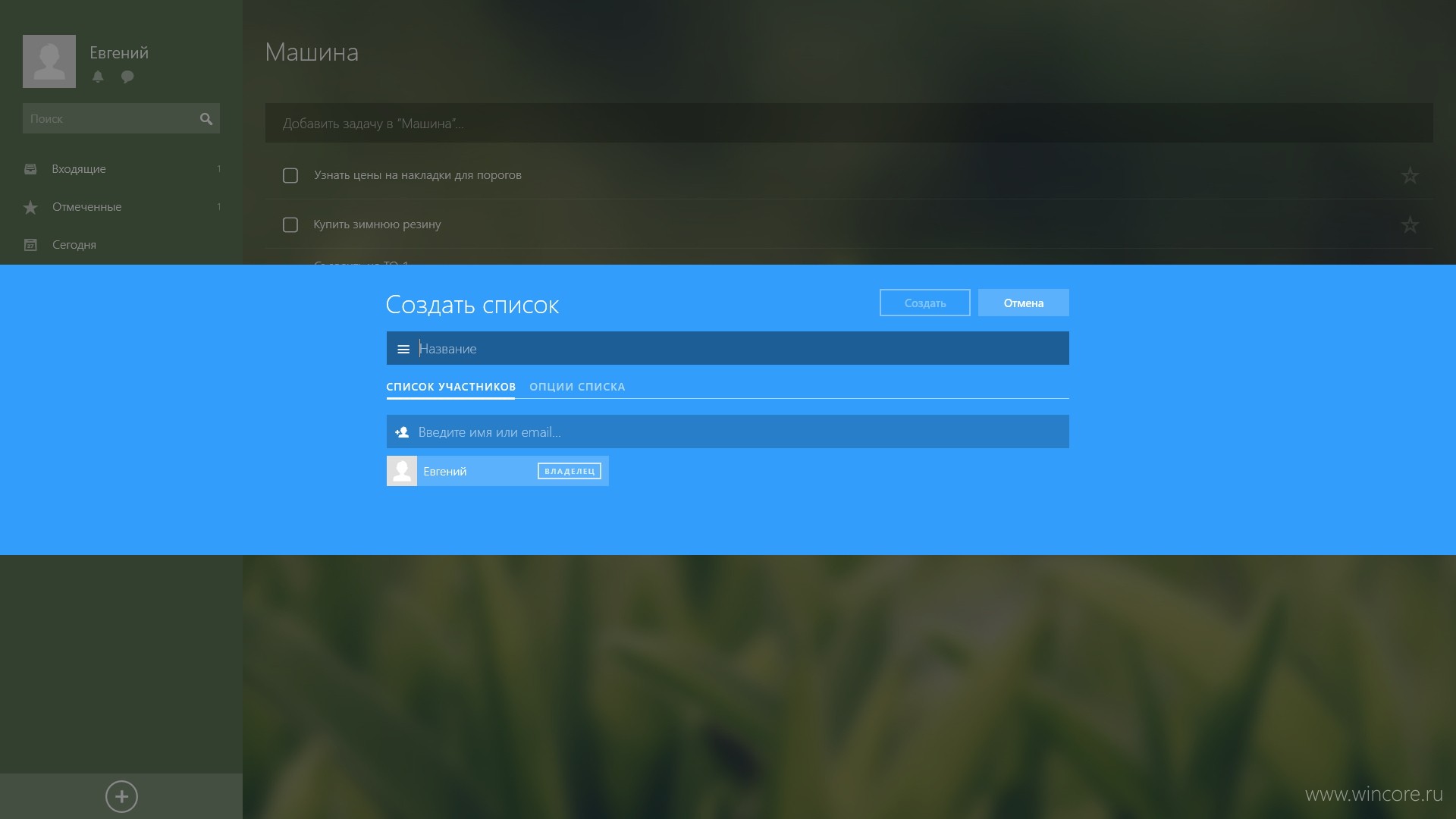
Domains that are represented by a folder icon have at least one sub-folder. (I know this is confusing, sometime a folder has no sub-folder, yet it is still a domain). After typing the name, click on it, and you will see the domain or folder listed at the right. A space to name the domain or folder will appear at the right of the page. See the list of folders and domains at the left this list was created by selecting the (+) button at the bottom of the list. A star may also be selected to indicate that the task has a priority status.įigure #4: Once you have created a good list of tasks, the next step is to create the domains and folders. A due date and/or reminder date can be selected from a drop-down calendar when the calendar icon is selected. (On my ancient pencil and paper lists, this action always was coupled with great satisfaction1)įigure #3: Wunderlist allows the user to select three options with each task. You will see a number next to “Completed To-Dos.” When you select the box you will be able to view each task with a strikethrough over the text.

One of the great options in this first page is to see the tasks listed that you have completed. (At a later time, if necessary, any task can be retrieved from the trash). Clicking on a box by a task will cause a celebratory bell to chime as the task is removed from the list. You can then set a due date for a task or just drag the thought to a domain that you establish. Just push return after you have typed your thought.
WUNDERLIST REVIEW 2015 PROFESSIONAL
Later some of the tasks will be placed in domains and sub-folders that relate to aspects of your professional and personal life. This is the “inbox” where you start to get clutter out of your brain. They can stay here or become a task and be moved to a domain or folder, or be removed. This is the place to start to drop your thoughts and ideas. ( ) Note: This site seems to be temporarily out of commission as I write this post.įigure #2: This is the first page that opens on Wunderlist.
WUNDERLIST REVIEW 2015 HOW TO
While learning how to use this application, I took advantage of this site and varied Internet searches.
WUNDERLIST REVIEW 2015 FREE
While the slides at times do seem repetitive, the overall goal is to demonstrate how easily I could free my mind by using Wunderlist and organize my varied interests and responsibilities.įigure #1: Wunderlist support. Presented below it a set of screen shots that depict the sequence of steps that I learned to use as I tried out Wunderlist in real time. Wunderlist will help to manage some of the stress of planning ahead. Freedom requires unstructured time, a luxury for educators who often are forced to relegate that concept to a “back burner.” The concept of freedom, or Wunderlust, conflicts deeply with pressured deadlines and due dates in multiple venues of my professional and personal life. Wunderlust is a German term meaning desire to travel. The five steps include: Collecting, Processing, Organizing, Reviewing and Doing.įor this post, I have chosen the application “Wunderlist” to explore how this tool might help me to more efficiently attack the first stage of GTD sequence, collecting.

David Allan’s book “Getting Things Done: The Art of Stress-Free Productivity (2001) offers educators a challenging five step pathway to free up time for creativity and foster workflow.

Technological tools can be helpful to store and organize information in an external and readily available site, freeing the teacher to practice mindfulness, focusing on the needs of students, and on processing the important information that lives in the present moment.

Our challenge today is to get out from under the clutter that so impedes our ability to free space in our minds for creative time.


 0 kommentar(er)
0 kommentar(er)
